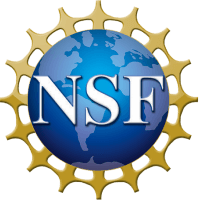RSS feed source: National Science Foundation
Synopsis
Strengthening American Infrastructure (SAI) is an NSF program seeking to stimulate human-centered, use-inspired, fundamental and potentially transformative research aimed at strengthening America’s infrastructure. Effective infrastructure provides a strong foundation for socioeconomic vitality and broad improvement in quality of life. Robust, reliable and effective infrastructure spurs private-sector innovation, grows the economy, creates jobs, makes public-sector service provision more efficient, strengthens communities, promotes equal opportunity, protects the natural environment, enhances national security and fuels American leadership. Achieving these objectives requires the integration of expertise from across all science and engineering disciplines. SAI focuses on how fundamental knowledge about human reasoning and decision-making, governance, and social and cultural processes enables the building and maintenance of effective infrastructure that improves lives and society and builds on advances in technology and engineering. Successful projects will represent a convergence of expertise in one or more social, behavioral or economic
Click this link to continue reading the article on the source website.
